In our second simulation scenario, we explored a more realistic traffic distribution:
📦 50% directed to National Nodes
🏢 50% routed to a Regional Datacenter
We evaluated two distinct traffic splitting approaches:
🔹 P2P-split:
Traffic is split at a high-capacity root node, forming light-trees based on full traffic requests.
- If the root is in the Regional metro-core, two low-capacity P2P links connect to the National Node and Datacenter.
- If the root is in the National node, a single P2P link forwards the Datacenter-bound 50%.
🔹 P2MP-split:
Traffic is split at the leaf (Aggregation) nodes, where each node now corresponds to two virtual leaf nodes with half the original capacity.
- As a result, two P2MP transceivers are required per Aggregation node.
📌 Transceiver Impact:
- P2P-split → ~2× more P2P transceivers
- P2MP-split → ~2× more P2MP transceivers
This analysis is key to understanding the trade-offs between centralized vs. distributed traffic splitting—especially in designing cost-efficient and scalable metro-core architectures. 💡
#AllegroProject #OpticalNetworks #MetroCore #TrafficEngineering #P2P #P2MP #Datacenter #NetworkArchitecture #TelecomInnovation #Photonics #NextGenNetworks

